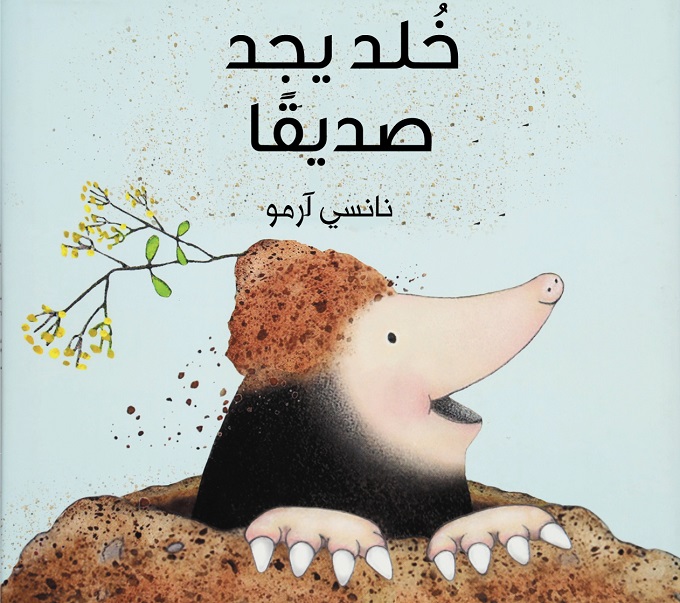
A coincidence brings together a mole and a wolf, who find themselves in the same situation: one is afraid of darkness, and the other is afraid of light. The two realize that friendship is their way to overcome fear, and that opposites can complement and strengthen one another. This is a story about support, and about realizing the good in every hardship.



